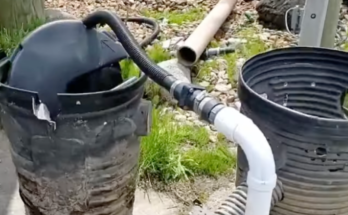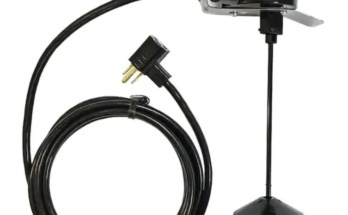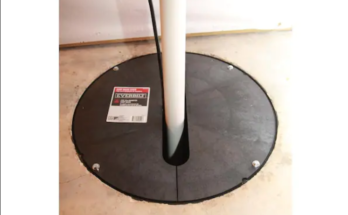Devastating outcomes, such as a frozen line, a flooded yard, and lines that do not entirely drain, can be caused by installing your drain line at the incorrect depth and not digging your trench deep enough. Attempting to install a sump pump discharge line on your own but unsure of the depth necessary. Here we will discuss how deep to bury sump pump discharge line to get sump water properly drained. Although drain lines can also be installed above ground, digging a trench and installing them below your lawn is more practical. Learn everything you need to know to dig your pipes to the proper depth by reading on.
By focusing on how deep to bury sump pump discharge line is crucial to guaranteeing that your sump pump can effectively remove water from your house. A sump pump is frequently installed in the basement of homes to assist avoid flooding, but if the sump pump discharge line is not constructed correctly, it can lead to issues like flooding or foundation damage. An improperly installed sump pump pipe might cause your sump pump to break down and possibly harm your house. Because of this, a professional should install the sump pump drainage system. It is important for homeowners to know how deep to bury sump pump discharge line.
Sump Pump Discharge Line: Overview
A pipe that is installed to help divert water away from your property is called a sump pump discharge pipe outside. A sump pit collects water that has seeped in through the foundation and directs it out of the house through a sump pump discharge pipe. It is often located at the lowest part in your basement. This is a crucial component of your home’s drainage system since it guards against water damage. Your basement’s sump pit receives any water that trickles in or gathers there. The water is then pumped out of the pit by the sump pump and discharged through the pipe and away from the foundation of your house.
How deep to bury sump pump discharge line? The discharge line, which is attached to your sump pump, is the conduit that transports pumped water outside of your house. Discharge lines are normally made of 2″, 3″, or 4″ sump pump PVC discharge pipe, and they are usually buried underground to keep them out of the way and obscured from view from the outside of the house.
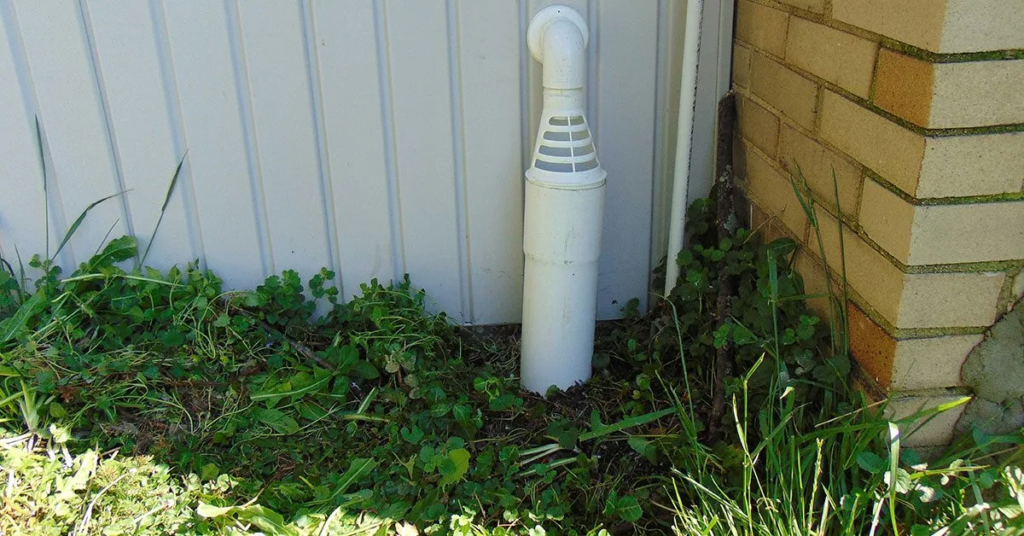
Features of Discharge Line
In order to working on how deep to bury sump pump discharge line, a professional should bury sump pump discharge pipe to guarantee that it is done correctly at all times. It ought to be constructed with strong, weather-resistant material that won’t rust. Let us shed some light on important features of the discharge pipe.
- Check Value of Sump Pump: A one-way valve called a sump pump check valve is put in the discharge line of the sump pump. When the pump is not in use, the check valve stops water from returning to the sump pit. This is a crucial feature since it helps keep your basement from flooding.
- Burying Sump Pump Discharge: It can be necessary in some circumstances to bury the sump pump discharge line. When the water table is high or there is a chance that the pipe might freeze in the winter, this is typically done. In these scenarios, flooding or water damage could ensue from failing to bury the pipe.
- Outlet Of Discharge Pipe: The point where the sump pump discharge pipe connects to the ground is known as a sump pump discharge exit. This is a crucial component because it ensures that water drains away from your house and does not flood it. To prevent water damage, encroaching water must be discharged at least 10 feet away from the home’s foundation. Consider this point while working on how deep to bury sump pump discharge line.
- Protection from Freezing line: It is crucial to have some sort of freezing line protection if you reside in a location where the earth freezes. This could take the shape of insulation or heat tape. The pipe can also be protected by being wrapped in hessian or straw. You can lessen the likelihood that the pipe will freeze and break by following these precautions.
Benefits of Discharge Line
In order to know how deep to bury sump pump discharge line, you must know about some potential benefits. Sump pump discharge is one of those things that is frequently ignored, although it is crucial for a number of reasons. A sump pump discharge line shields your property against flooding by diverting water away from the foundation when it is installed and maintained correctly. By preventing water from penetrating into the basement, a sump pump ejector pipe can also assist in protecting your home from water damage. Sewage pump By moving water away from flower beds, gardens, and other areas where you do not want water to accumulate, outdoor drainage systems can enhance the aesthetics of your landscaping.
How Long Should the Discharge Line?
Your discharge line must be correctly placed and long enough to send the water to a safe distance from the foundation, a ditch, a storm drain, or another suitable area in order to protect your investment. At least 10 feet is often advised, however many discharge lines are 20 feet or longer.
How Deep to Bury Sump Pump Discharge Line?
Where you reside will determine the proper depth for your sump pump discharge line; it should be buried safely below the frost line, which is the depth at which the soil in your location freezes in the winter. The line should be dug shallowly enough to allow for future access to the pipe and easy digging. Install the discharge line for your sump pump 2 feet below the frost line. The line should be buried 2.5 to 4 feet underground in the majority of locations, but in really cold locations the pipes may need to be buried up to 8 feet down. It works for how deep to bury sump pump discharge line.
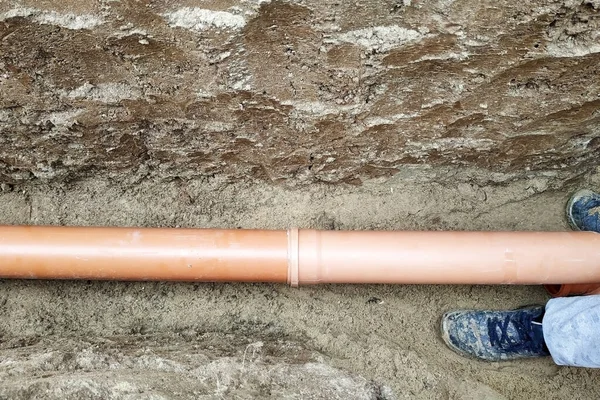
Where Should the Discharge Line Drain
Your Property
A sump pump discharge line should ideally enter a natural stream or creek bed on the land to transfer the pumped water far from the house into a natural feature that already has a function for carrying precipitation.
Rain Garden
A rain garden is a small area created to catch and absorb rainwater (or sump pump discharge). With the help of a lush array of plants, this turns the yard into a mini oasis that will eventually draw birds, insects, and other helpful creatures.
Storm Sewer
Another great alternative for homeowners whose properties are located along paved, curbed roadways is to point the sump pump discharge line towards the street, where it can run into the storm drain.
Drainage Easement or Ditch
If your neighborhood was constructed with a drainage ditch or drainage easement next to your property, this could be an additional effective drain field for your sump pump system, especially if your yard is not graded to allow water to flow freely to the ditch or easement on its own.
Dry Well
Designed to disseminate water far below the surface, a dry well is a sizable hole filled with crushed stone and enclosed in a barrel-like construction. A plastic barrel with small holes in its sides and a single, sizable hole through which the sump pump drainage line enters is in the center of the dry well.
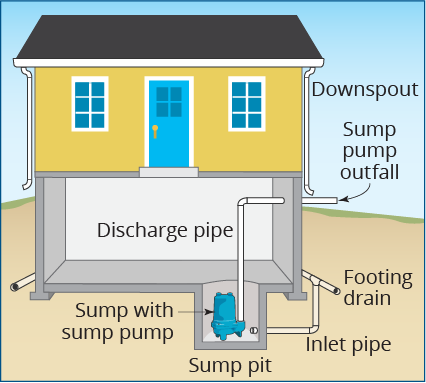
Conclusion
How deep to bury sump pump discharge line? Installing your sump pump discharge pipe deeply into the frost line is a good idea. In addition to making it simple to dig and access the trench in case there are any issues, this will assist prevent the water in the pipe from freezing and leading to jams. Hope this article will help you to know how deep to bury sump pump discharge line.
Read More Articles
| How To Finish Basement With French Drain |
| Top Interior Painting Trends of 2023 |
| Dark Hardwood Floors in Kitchen 2023 |
